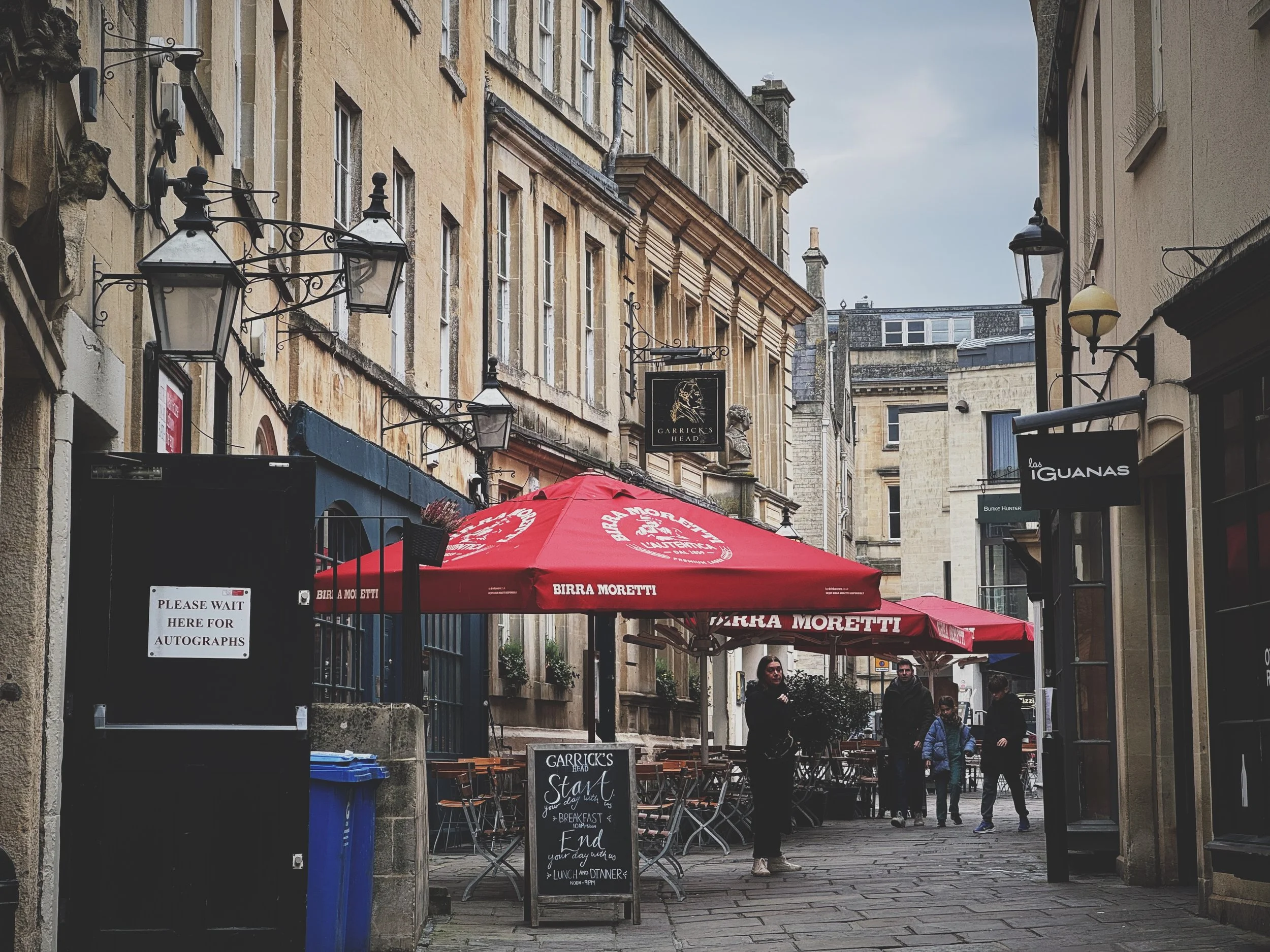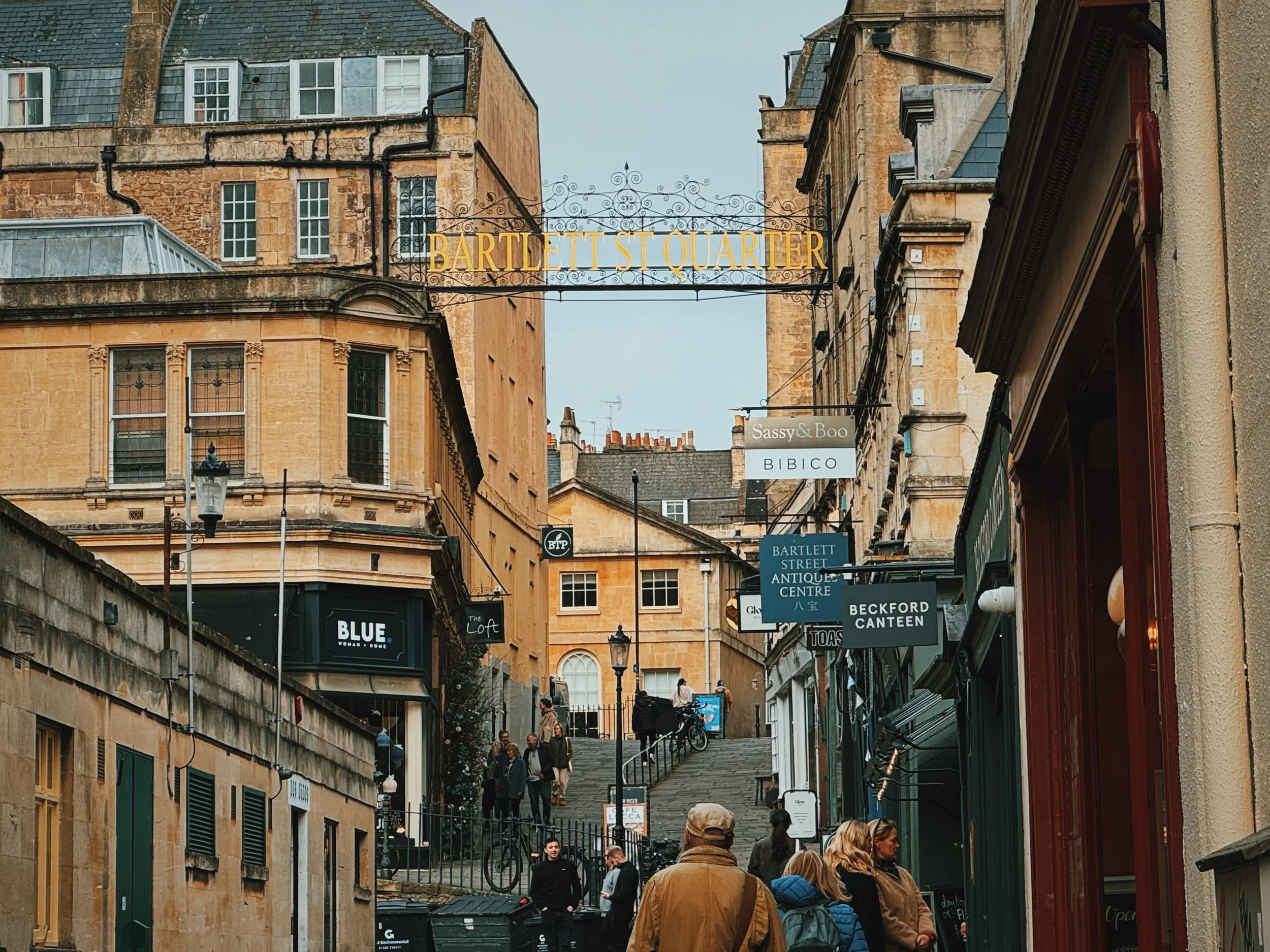what are you willing to fail at?
Over the weekend, I watched a documentary film on creativity. The documentary was mildly interesting, but one of the interview subjects said something that I thought was particularly striking. He was discussing what part failure has played in his success as a writer, and while he obviously said that he’d failed more times in life than he could remember, he also said this:
He said that to be creative, you have to be willing to fail. In his mind, he said you needed not only to accept that failure is part of creativity, but actually have the courage to walk into whatever creative practice you wanted to master, knowing full well that you are going to fail, and do so without a shred of embarrassment or self-consciousness about it. You have to go into it with a learner’s mind: being sure that what you’re doing isn’t going to work, but with an experimentation mindset, assuming that in the end, you’ll learn something new that will help you improve.
At the end of last year, I told you that I’d begun a little daily sketch practice, as part of my way of keeping my word of the year, “EXPERIMENT,” at the forefront of my mind. I’ve kept it up — it’s about 6 weeks of drawing that I have in my tiny little sketchbook that Marcus stuck in my Christmas stocking — and I cannot stress enough how out-of-character this is for me. I am telling you that up through the end of last year, I held a deep-seated belief that I could. not. draw. I’ve never taken a drawing class in my life, save for a year of drafting in engineering school — and there are so many tools like straight-edges and protractors and triangles in drafting, that while I became proficient in engineering drawing, I still believed deeply that I was missing the sketch gene. “You’re like me,” my mother would say when I was younger. “Your dad can draw, but I can’t draw. But at least you’re good at math.”
But there’s something about being given this sketch book that gave me permission to fail. I would’ve never bought a sketchbook for myself (even with all the years of journaling under my belt!), but having been given the sketchbook, well — I had to use it, right? So I went into this little practice fully intending to make truly horrible art, but deciding it might be worth it, if only to learn how watercolour paints move, and if certain approaches looked better than other approaches. My only rule for myself was that I had to freehand everything — no relying on the T-squares and straight-edges and protractors of engineering school; I simply had to eyeball everything I drew. (My daughter Alex, who is a talented artist, told me: “Just sketch everything with a pencil and eraser until you like what you’ve done, and then paint it, and then outline it with pen.” I took this advice to heart, and it’s how I’ve drawn everything.) I intended to simply draw things I found around the house, but sometimes I use photographs I’ve taken in the past as references. My only goal is to see if I can sketch a likeness of whatever is in front of me. And by the way, I had absolutely no intention of sharing anything I drew with anyone — this was just going to be an experimental, meditative practice that I would do while binging a Netflix show, or to wind down my weekdays. I didn’t even expect improvement, honestly — the most I was going for was enjoyment.
The sketches that I’m sharing in this post were done in the last week or so, and I definitely notice improvement from when I first began (as evidence, take a look at the sketch of the mug at the top of this post, drawn 5 days ago, and compare it to the first time I attempted to draw the same mug, at the beginning of my daily practice. Both times I was trying my best). Believe me, it’s not like every single sketch I do is something that I’m proud of (the sketch I did today of three nail polish bottles is seriously abysmal). But while I don’t think the Louvre will be banging down my door trying to get to my work anytime soon, I do think that the majority of sketches I’m making at least resemble their real-life counterparts — and honestly, this is something I never expected. But probably the biggest gift that I’ve given myself is the realization that walking into a venture with a mind of solely of curiosity and experimentation, coupled with persistence and tenacity, and most importantly, the expectation of failure, necessarily yields results. These results make me want to keep going (and so I will, at least through the end of 2020). But even more importantly, this gift has emboldened me to experiment in other aspects of my life, as well.
I’m even really close — maybe in another month of daily practice or so, when I have a total of about 60 sketches under my belt? — to calling myself a “sketch artist.” How insane is that?
So.
All this to ask the following:
Is there anything that you’re willing to fail at? Anything you’re willing try simply for trying’s sake, with no expectation of success in the outcome? And if there is, what’s stopping you?
Soundtrack: Painter song by Norah Jones
(P.S. Don’t forget — applications for The Star Collective are now open. If you’ve got a dream you’re willing to risk failing to make it succeed, and you need a community to help you get started, I’d strongly recommend considering joining us.)












